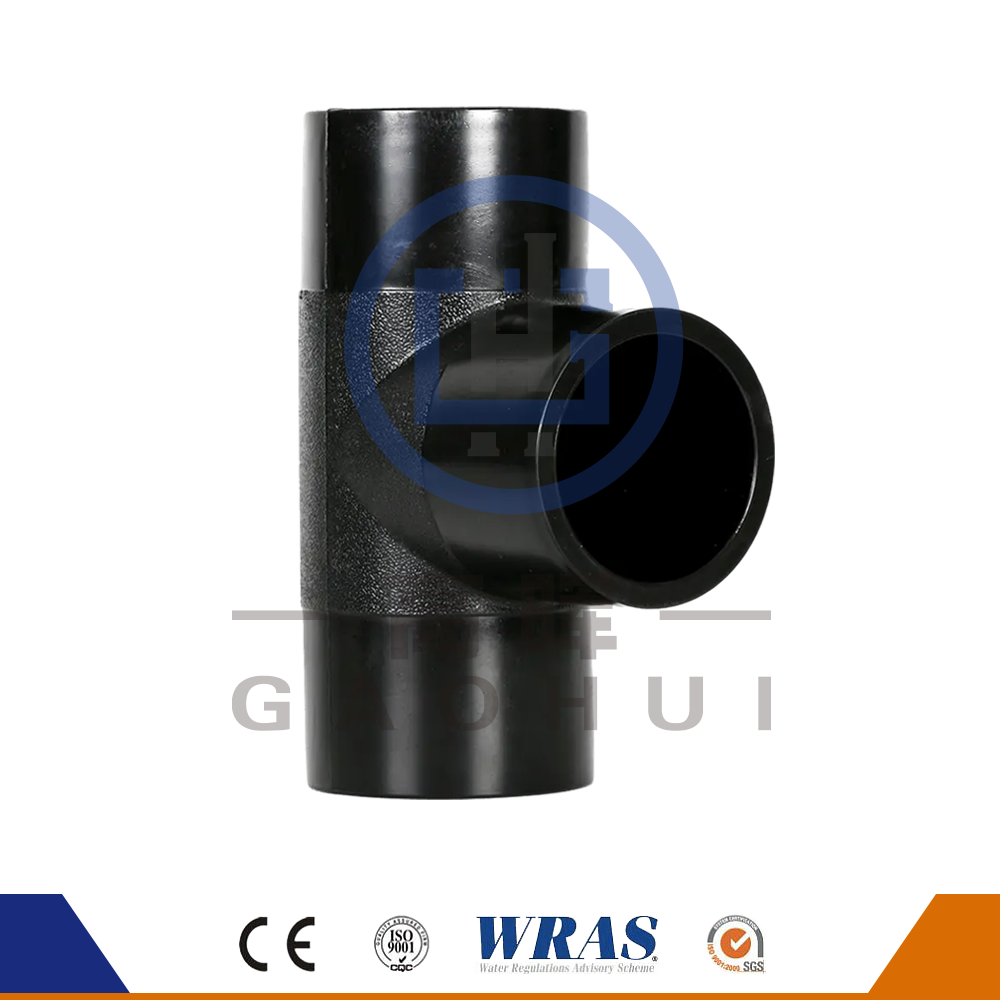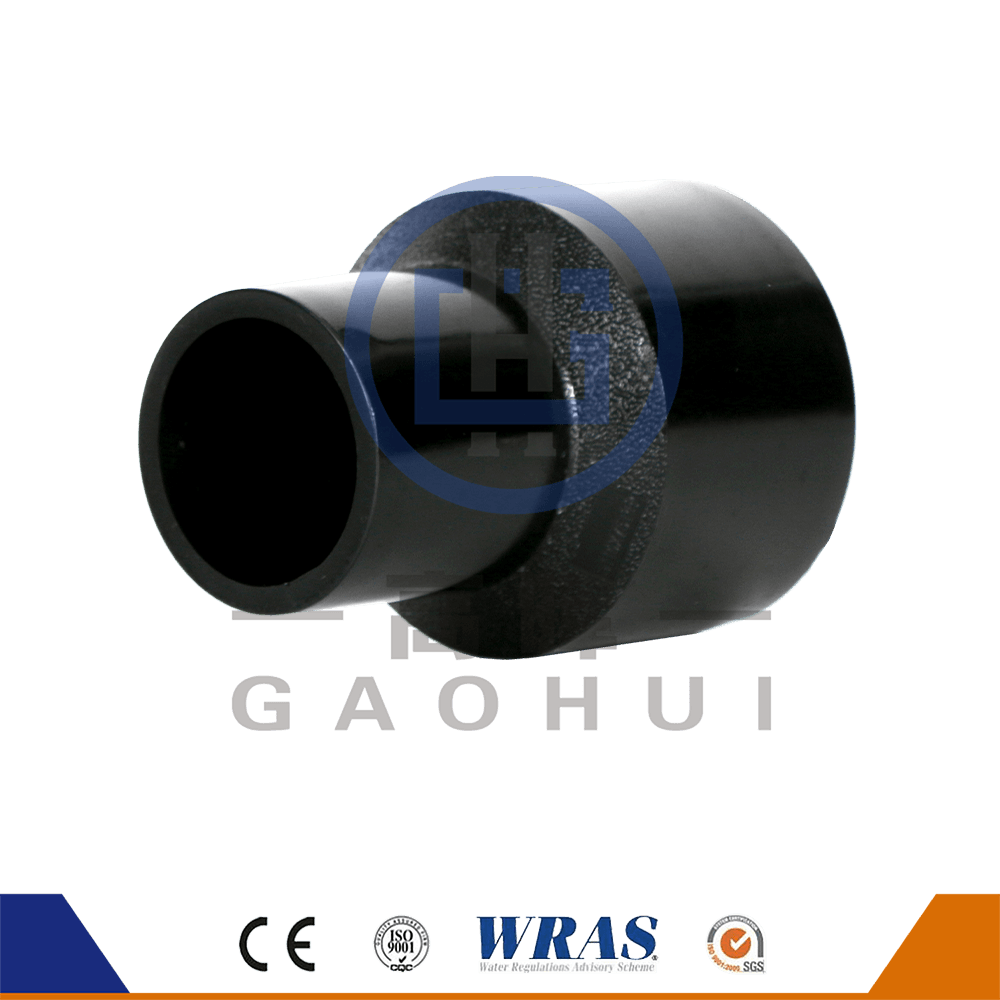When the manual polyethylene pipe welding machine processes polyethylene pipes of different wall thicknesses, it is necessary to adjust the welding parameters and operating methods according to the specific size and material properties of the pipe to ensure the quality and stability of the welded joint. This includes controlling the heating temperature and time to meet the requirements of pipes of different thicknesses. Thicker pipe walls usually require higher heating temperatures and longer heating times to ensure that the pipe ends can be fully softened and fused with the weld head. At the same time, the applied welding pressure also needs to be adjusted according to the pipe wall thickness to ensure that the welded joint remains tightly connected during the heating and cooling process.
Operators need to be proficient in the parameter setting and control technology of the welding machine to achieve uniform heating and appropriate applied pressure during the welding process. After the welding is completed, the quality of the welded joint needs to be evaluated, including appearance inspection, sealing performance test, and mechanical strength evaluation, to ensure that the welded joint can meet the safety and functional requirements of the pipeline system.
The manual polyethylene pipe welding machine can effectively respond to the welding needs of polyethylene pipes of different wall thicknesses by reasonably adjusting the welding parameters and techniques, providing important technical support for the construction and maintenance of pipeline projects.


 English
English русский
русский عربى
عربى











